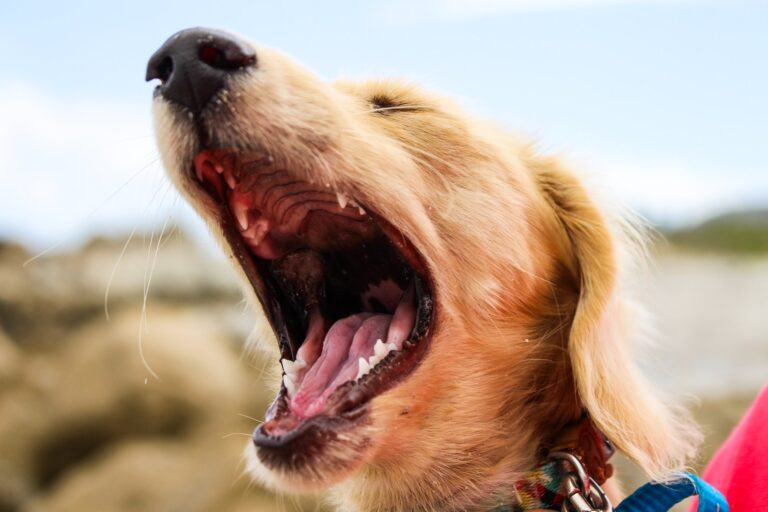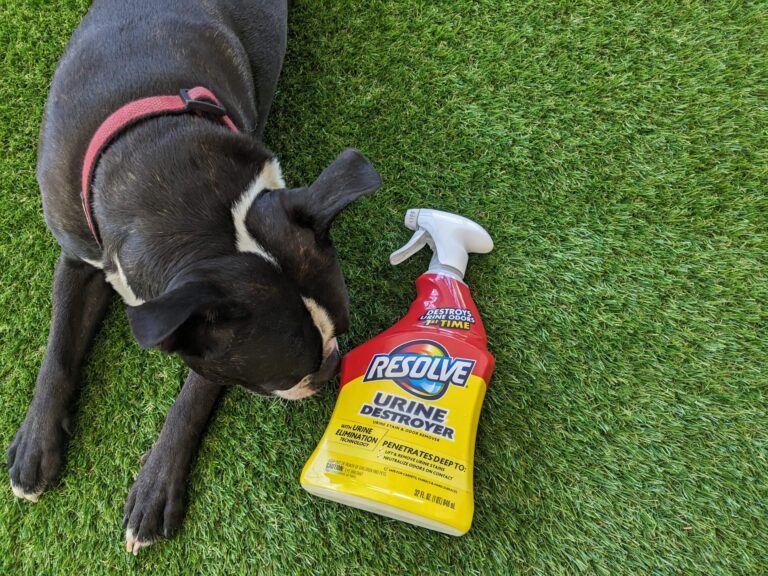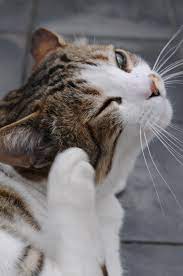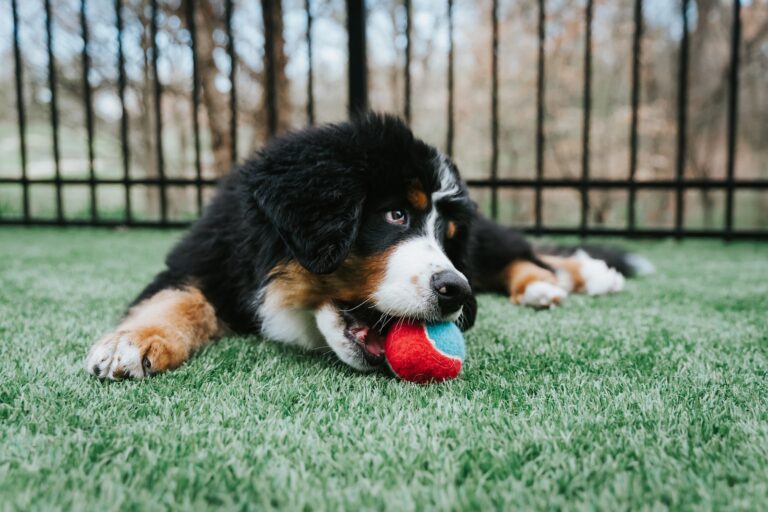Prince’s Remarkable Road to Recovery: Lessons in Canine Rehabilitation
In the span of just one week, we have witnessed the aftermath of a harrowing and entirely avoidable event—a dog attack of unprecedented proportions, an event that has left an indelible mark on both Prince and his caregivers. This tragedy stands as a stark testament to the profound consequences that can arise from the heedlessness of pet owners who fail to shoulder the responsibility that comes with canine companionship.
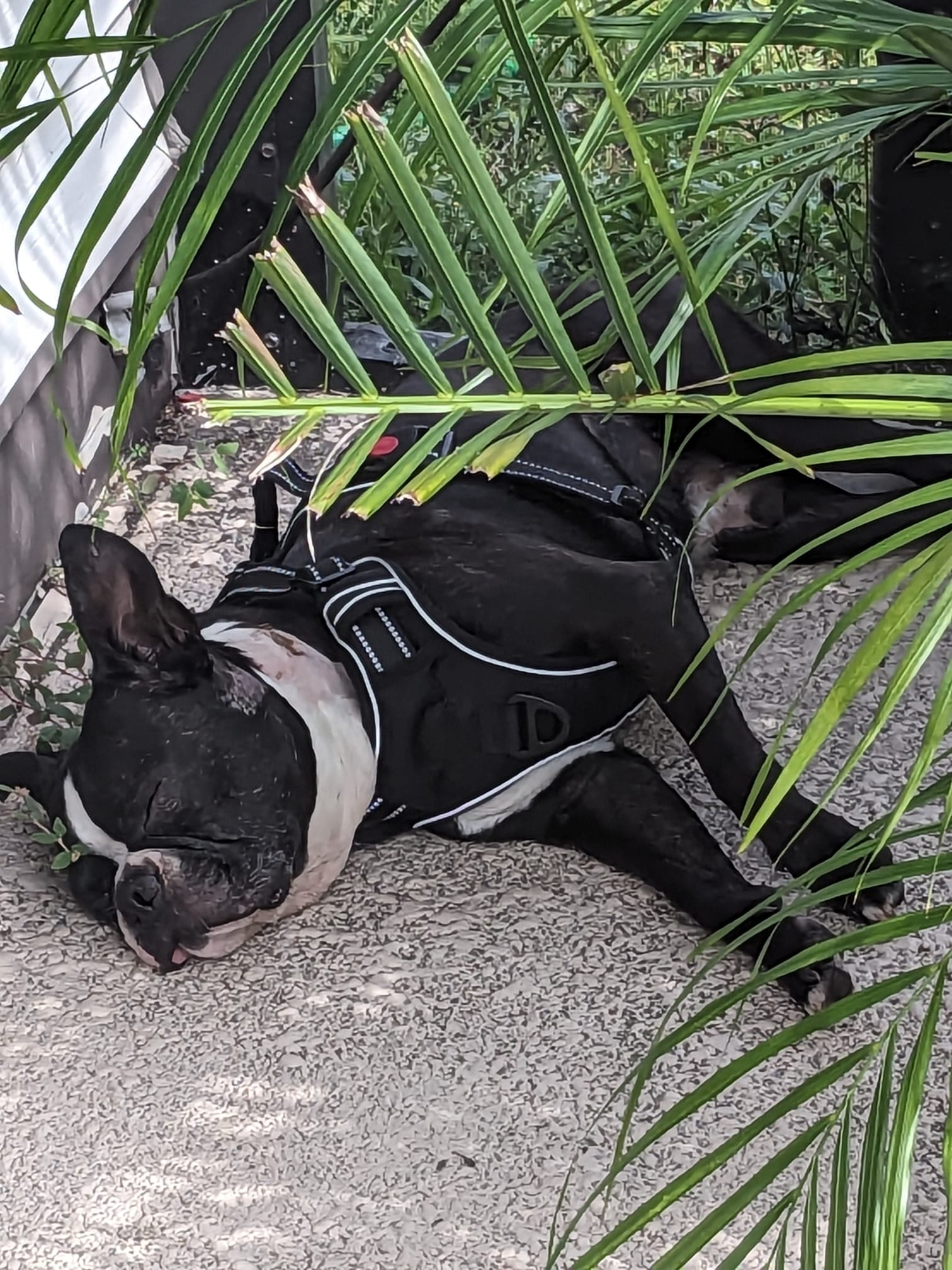
While the physical, emotional, and financial toll of this ordeal has undeniably been substantial, it is imperative to acknowledge that it has not been endured in vain. Rather, it serves as a crucible from which we may extract invaluable wisdom and insight. In the face of adversity, Prince’s journey toward recovery embodies resilience, reminding us of the boundless capacity for healing and transformation that resides within every living being.
This article endeavors to offer a comprehensive update on Prince’s current state of health and his progress along the path of recovery. Through this narrative, we aim to share not only the remarkable strides that Prince has made, but also the vital lessons that can be gleaned from this experience. For those who may one day confront a similar circumstance, these insights may serve as a guiding light, illuminating the way towards a smoother and more effective recovery process.
In the ensuing sections, we will delve into the intricacies of Prince’s healing journey, highlighting key milestones and pivotal moments that have shaped his recovery. Through this account, we hope to provide a source of solace, knowledge, and inspiration to anyone who finds themselves navigating the challenging terrain of canine rehabilitation.
Prince’s Health Update
Prince’s wounds, just one week post-incident, present a remarkable picture of healing resilience. Notably absent are any concerning signs of infection, and the punctures inflicted during the ordeal are steadily nearing complete closure. While it’s anticipated that the healing skin may bear some scars, it’s heartening to observe that Prince has demonstrated commendable restraint by refraining from any attempts to scratch or aggravate his injuries during this critical phase.
This notable progress owes much to the strategic intervention of our veterinary expert. The timely administration of a potent combination of tranquilizer and painkiller in the initial 48 hours following the incident played a pivotal role in Prince’s recovery. This carefully calibrated approach effectively maintained a state of sedation, rendering him blissfully unaware of the discomfort, and most importantly, preventing any inadvertent exacerbation of his injuries. For anyone confronted with a similar situation, this measure stands as an imperative early-stage intervention, offering significant promise in expediting the healing process.
Prince’s Transition to Normalcy
Upon the third day following the incident, a significant milestone marked Prince’s resumption of eating and drinking, signaling a notable improvement in his overall well-being. This positive development is attributed to the subsiding of pain, rendering these essential activities more bearable for our determined companion. As days progressed, a pivotal moment arrived when we embarked on Prince’s inaugural post-attack walk. This outing unveiled the efficacy of the carefully selected harness, as previously described. This specialized apparatus not only offered crucial support but also allowed the injured areas to remain exposed, alleviating any undue pressure.
This experience underscores the second lesson we glean from this journey: the paramount importance of regular exercise in the recovery process. Despite the recent trauma, Prince exhibited a remarkable eagerness to engage in physical activity, revealing the profound benefits it bestows upon convalescence. In response, I have now implemented a thoughtful scheduling strategy for our walks, ensuring they occur during times of minimal human and canine presence. This deliberate approach affords Prince the precious opportunity to explore and acclimate at his own pace, minimizing potential stressors and fostering an environment conducive to his ongoing recovery.
Canine Dynamics and Rehabilitation
The reintegration of Prince with our Australian Shepherd presented a notable challenge in this recovery process. For the initial three days, a deliberate decision was made to keep them separate, allowing them to acclimate to the changed dynamic at their own pace. Upon their eventual reunion, palpable tensions hung in the air. Both dogs exhibited the natural instinct to establish dominance, resulting in displays of aggression, particularly in my presence.
While it is heartening to witness the strides they have made in learning to coexist harmoniously, it is essential to underscore the ongoing necessity for vigilance. Monitoring their interactions with a keen eye and attuning oneself to any signs of lingering hostility remains paramount. This vigilant approach ensures the safety and well-being of both Prince and his canine companion, reinforcing the importance of a gradual and carefully managed reintegration process.
Miraculous Signs of Prince’s Recovery
In the midst of the challenges that Prince has faced, there emerges a testament to the remarkable resilience of his spirit. Evident in this recovery process is Prince’s impressive recollection of familiar commands and habits. He dutifully sits for meals and effortlessly performs tricks, showcasing a cognitive acuity that speaks volumes about his determination to reclaim a sense of normalcy.
Moreover, there are no discernible signs of hearing impairment. Prince remains keenly responsive to a wide array of sounds and stimuli, demonstrating a keen awareness of his surroundings. This development marks a substantial stride towards his reintegration into familiar routines and reinforces our confidence in his continued progress towards a complete recovery.
A Call to Dog Owners
The experience with Prince underscores several crucial lessons for both dog owners and the wider community. Firstly, it emphasizes the necessity for caution and vigilance, particularly in environments where there may be aggressive dogs or potentially hazardous situations. Identifying and avoiding sketchy or potentially dangerous areas is imperative for the safety and well-being of both pets and their owners.
Moreover, this incident highlights the importance of responsible dog ownership. The actions of the owners responsible for the attack on Prince serve as a stark reminder that not all dog owners prioritize the welfare and safety of others. It is essential for all pet owners to take their responsibilities seriously, not only for the benefit of their own dogs but for the broader community as well.
Furthermore, the lack of outreach or concern from the owners of the attacking dogs underscores the need for empathy and accountability within the pet-owning community. A simple gesture of inquiring about Prince’s well-being could have made a significant difference. This serves as a poignant reminder that communication and consideration are vital components of responsible dog ownership.
In conclusion, the incident with Prince serves as a powerful call to action. It implores all dog owners to prioritize responsibility, empathy, and vigilance. By collectively working towards creating safe and harmonious environments for our pets, we can ensure that public spaces, such as roads and parks, are accessible and enjoyable for all. Through these lessons, we can foster a community of responsible and compassionate pet owners, ultimately contributing to a safer and more harmonious coexistence for both humans and their beloved canine companions.



